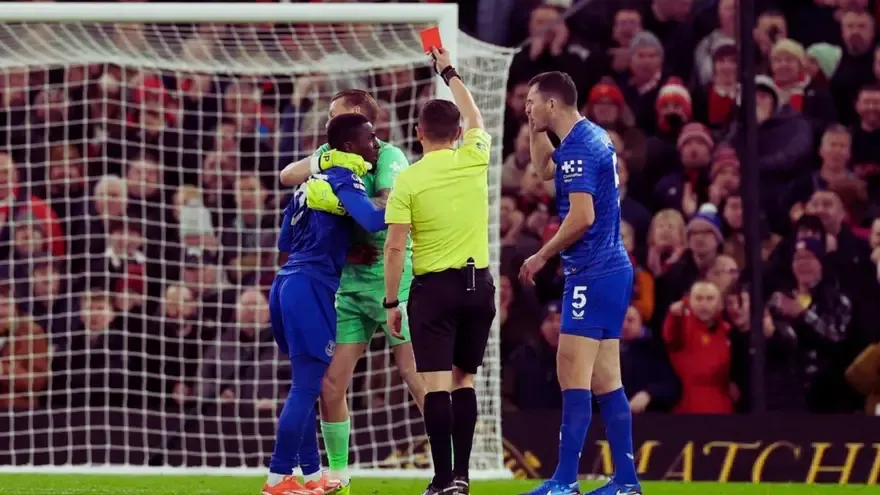The offside rule is perhaps one of the most controversial rules ever applied to football. Out of the 4 billion who watch football, there’s still a faint percentage of fans who still have this question, ‘What is offside?’. We at Sports Social came up with this easy guide for people to understand offside and how it applies.
To start off, you can always take a look at the FIFA 2014 World Cup Final between Argentina and Germany in which Gonzalo Higuain was adjudged offside in a goal he had scored. (Well, it is still said that he is celebrating )
History:
The offside law is not a new thing. A very basic version of it was already present in the law book of the English Football Association in 1863, but the law held any player who was found ahead of the ball, probably making the game very static (not to mention very confusing).
The rule was considered by IFAB in 1886 and FIFA in 1913 when both of the organizations got into working. The law was a bit modified in 1990, so as to make it easier for the assistant referee.
Basics:
The official text of Law 11 of the FIFA 2014/2015 Laws of the Game states that:
“It is not an offence in itself to be in an offside position. A player is in an offside position if he is nearer to his opponents’ goal line than both the ball and the second-last opponent.”
In very simple terms, if we could sum up the rule in one line, it would be: -
Being offside occurs when a player goes behind the line of opposing defenders before the ball has been kicked to them.
There are mainly 3 conditions involved when a player is offside:
The attacking player must be in the opponents’ half of the playing field.
The attacking player must be closer to the goal line than any defending player.
The attacking player must be ‘in play’ – so either playing the ball or interfering with the goalie.
For perspective, we can consider that the Red team is the attacking side and the Blue team, the defense. So, as we can see in the diagram, that’s how an offside occurs.
It is needful to know that when does the offside rule not count: -
· Directly after a corner kick.
· Directly after a throw-in.
· Directly after a goal kick.
Action:
Every ‘law’ always has an action behind it, which is to be taken if the law is broken and the offside rule is no different. When an offside is called an indirect freekick is awarded to the opponent team. This indirect freekick can then be taken and play resumes.
Still having issues?
Here are some well taken offside calls as well as some botches that have decided matches. Have a look.
Video: Inzaghi Offside Goal Vs Inter 2008-2009














